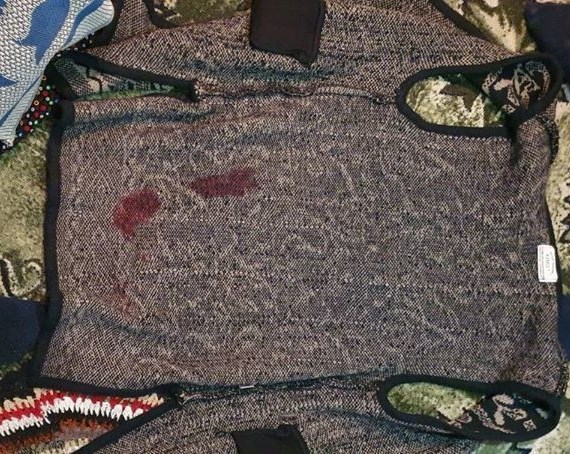Tajik woman has reportedly sustained gunshot wound at the Tajik-Kyrgyz border. Isfara mayor spokesman Iqbol Teshayev writes on his Facebook page that a 24-year-old woman from the Tajik village of Somoniyon, Tayiba Safarova, was wound from hunting gun on December 29 when she went outside for water.
Teshayev writes that according to witnesses, the shot was fired from the home of resident of the Kyrgyz village of Kok-Tash.
The woman is currently in the Isfara city hospital, in traumatology department under the supervision of doctors.

Meanwhile, Kyrgyz authorities deny the information that the shot was fired from the Kyrgyz village as baseless.
Kyrgyzstan’s news website Turmush, citing the representative office of the Kyrgyz government in the Batken region, says officials of police stations of border districts of the two countries have held a meeting over the December 29 incident.
“During the meeting, it has been established that residents of the Kyrgyz village did not hear the shot and did not see the wounded. Information by Iqbol Teshayev that citizens of Kyrgyzstan fired at the citizen of Tajikistan does not correspond to the fact. According to the preliminary data, that shooting incident took place in Tajik territory following family quarrel,” Turmush says.
Meanwhile, residents of the Tajik village of Somoniyon today applied to the Kyrgyz law enforcement authorities with the request to institute criminal proceedings against the Kyrgyz citizen who fired at Tayiba Safarova.
It is to be noted that Tajikistan and Kyrgyzstan have not yet resolved the border delineation problem. Many border areas in Central Asia have been disputed since the collapse of the Soviet Union in 1991. The situation is particularly complicated near the numerous exclaves in the Ferghana Valley, where the borders of Tajikistan, Uzbekistan, and Kyrgyzstan meet.
The border of Kyrgyzstan and Tajikistan has been the scene of unrest repeatedly since the collapse of the former Soviet Union. The countries share 971 kilometers of border – of which only 504 kilometers has reportedly been properly delineated.
This year alone, there have reportedly been at least ten cases of violence, typically stemming from differences among local residents about how to share land and resources.








The President of Tajikistan has launched a modernized hydroelectric unit of the Nurek HPP
There will be more Russian teachers in schools in Tajikistan
Tajikistan's e-commerce program will require $30 million
Starting from September 1, the number of public transport in Dushanbe will increase
Classified as “secret”. Why are criminal cases in Tajikistan closed from the public?
Three drunk drivers were brought to justice in Dushanbe during the day
Is digitalization of agriculture in Tajikistan possible without the Internet?
Tajik referee will serve the match of the 2026 World Cup qualifying tournament
Tajikistan has adopted a National Civil Aviation Safety Program
Some students from Tajikistan cannot go to Russia to study
All news
Авторизуйтесь, пожалуйста